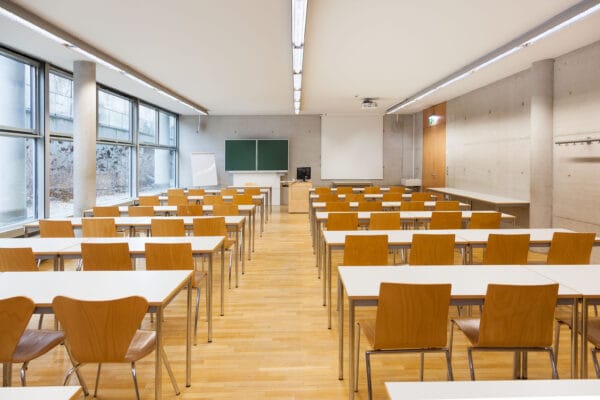
NAME:
SOWI - UR 3
BUILDING:
SOWI
FLOOR:
-1
TYPE:
Seminar Room
CAPACITY:
70
ACCESS:
Only Participants
EQUIPMENT:
Beamer, PC, WLAN (Eduroam), Overhead, Flipchart, Blackboard, Handicapped Accessible, LAN
High mountain regions are subject to rapid changes caused by natural events and increasing tourism. Increasing tourism in high mountain regions has negative impacts resulting from the increasing amount of waste and the prolonged presence of local communities not only during the usual mountaineering season. Mountain tourism is an important economic source for local communities. Especially in the areas with the highest peaks (8000 m and higher), the state of the environment is deteriorating due to mountaineering activities. Therefore, waste management in particular is one of the measures that need to be taken to ensure the future sustainable development of tourism in these areas. In parallel, soft measures should be introduced, especially targeting the international mountaineering community, to equip them with the knowledge of how to behave and act in accordance with the Leave No Trace principle. The study focuses on two different glacier areas in Pakistan – the Tirich Glacier and the Baltoro Glacier, both in Pakistan. The survey of the two glaciers is very different. Our aim was to determine the impact of visitation on each of the two glaciers. Therefore, we collected quantitative data on visitor numbers and water quality data based on field measurements. We also sampled sediments from glacial lakes in both areas to determine the presence of microplates. The results of the study of the water status in the surface waters and in the main glacier runoff were compared with the 2006 survey. The results of the study show large differences between the less-visited and the heavily-visited glacier in terms of water quality and other environmental conditions. The importance of mountaineering to the well-being of local communities was also investigated through interviews, which show how important mountaineering is to household budgets.

We and use cookies and other tracking technologies to improve your experience on our website. We may store and/or access information on a device and process personal data, such as your IP address and browsing data, for personalised advertising and content, advertising and content measurement, audience research and services development. Additionally, we may utilize precise geolocation data and identification through device scanning.
Please note that your consent will be valid across all our subdomains. You can change or withdraw your consent at any time by clicking the “Consent Preferences” button at the bottom of your screen. We respect your choices and are committed to providing you with a transparent and secure browsing experience.